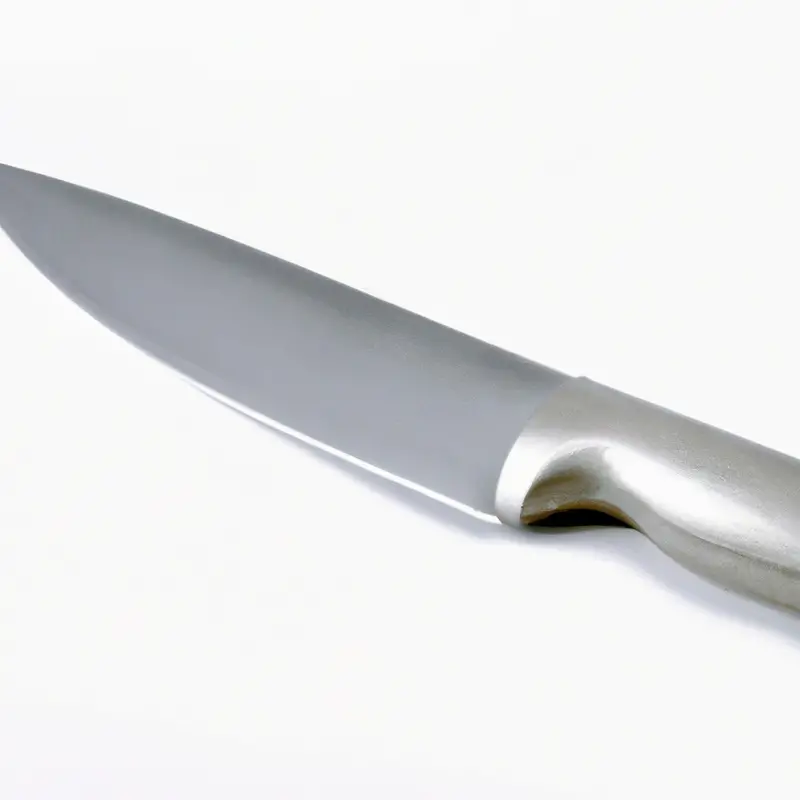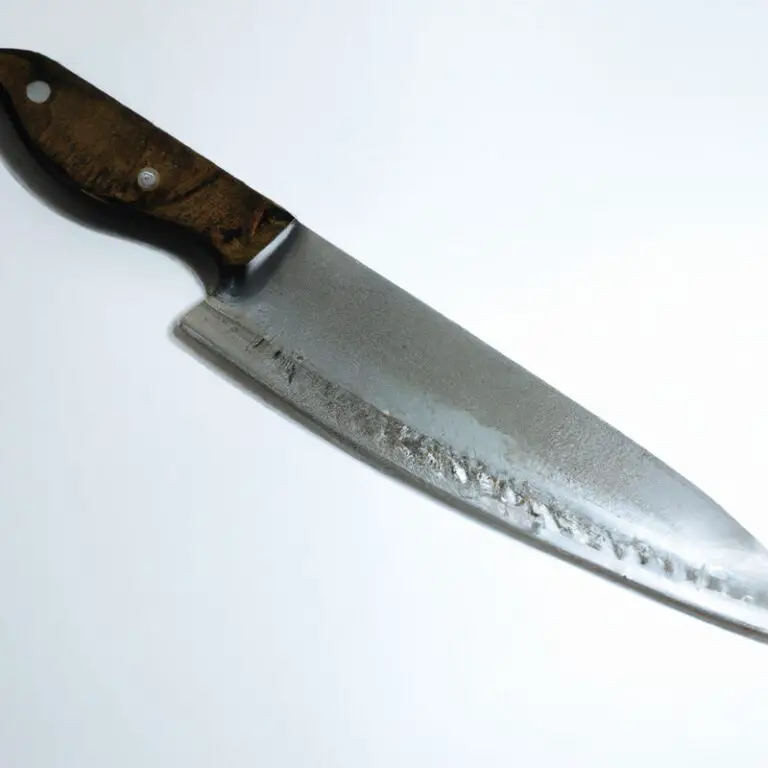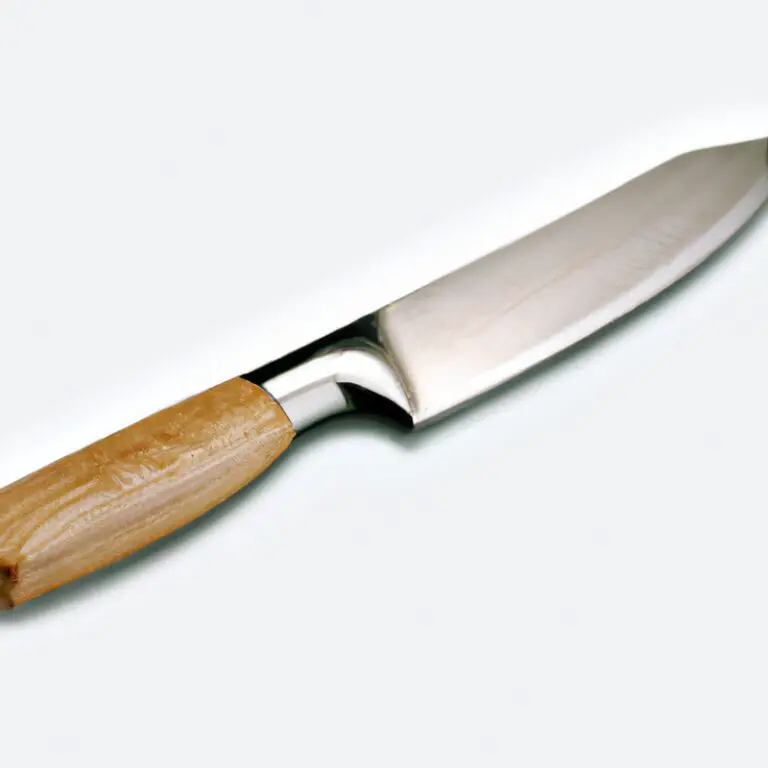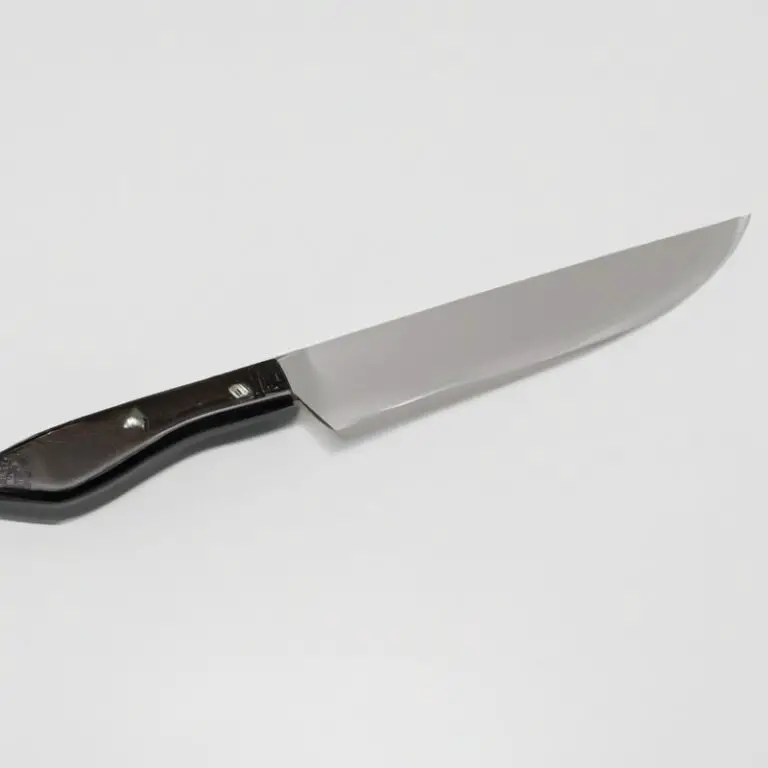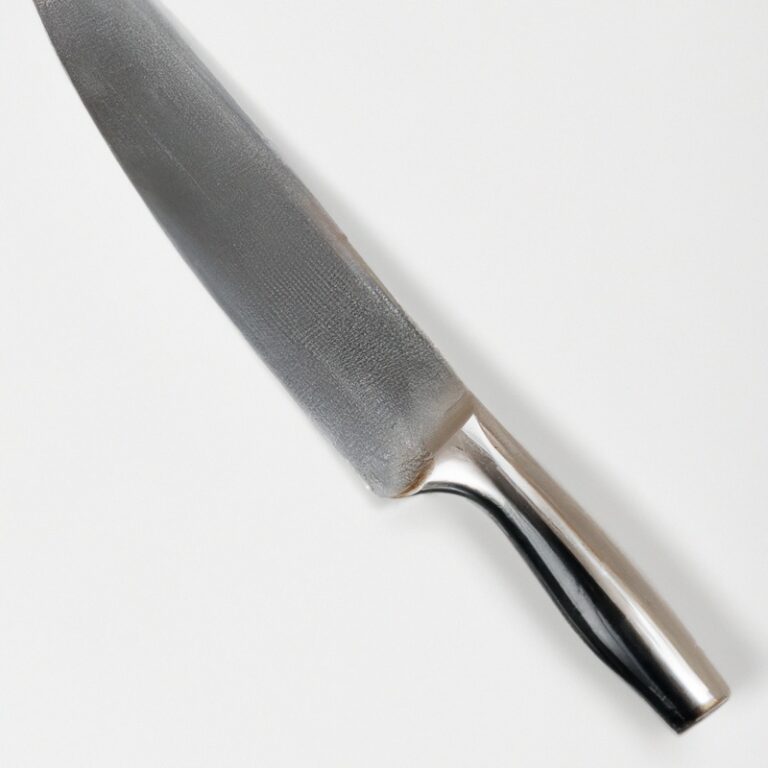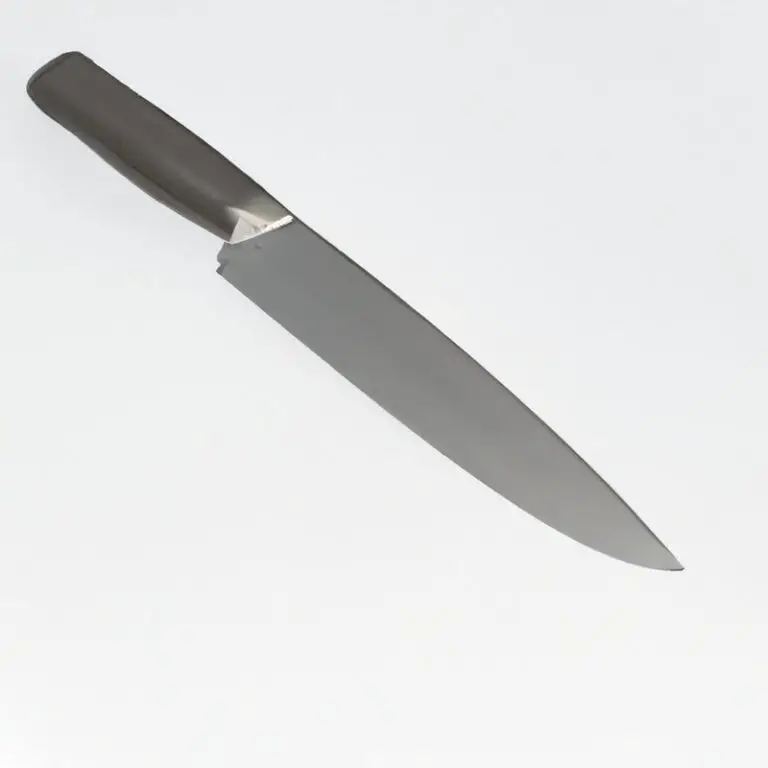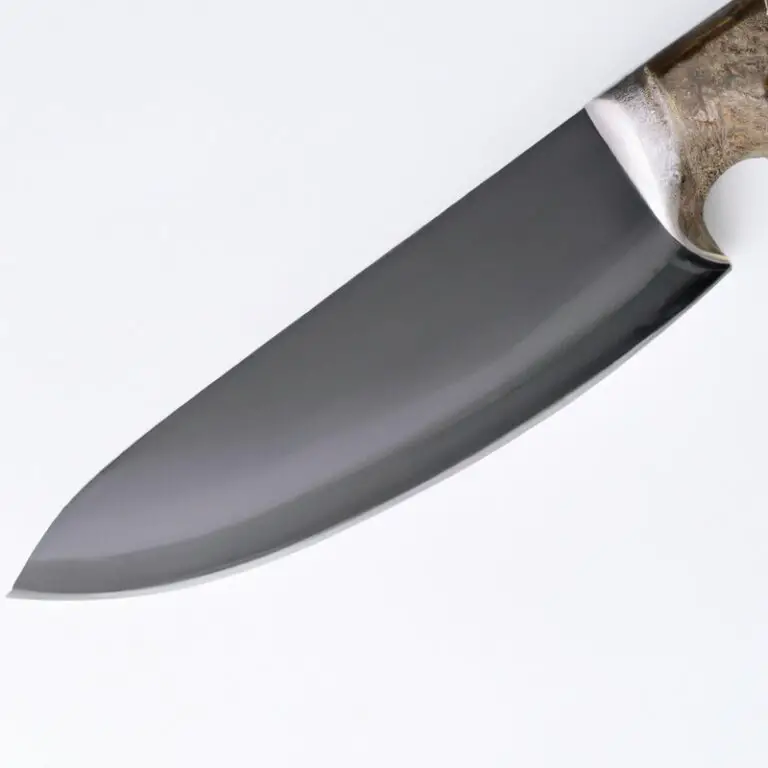How To Fillet a Black Drum Using a Fillet Knife Like a Pro?
Key Takeaways:
- Filleting a black drum requires a sharp fillet knife and some practice to perfect the technique.
- To begin, make an incision just behind the gills and cut along the spine, following the contour of the fish to avoid any bones.
- Once you have separated the fillet from the backbone, use your thumb to feel for any remaining bones and remove them with a pair of pliers.
- With proper technique and attention to detail, you can successfully fillet a black drum, resulting in delicious and bone-free fillets.
Are you a fan of fish? Then you know that filleting a fish is an essential skill to learn.
And when it comes to filleting a black drum, using a fillet knife is the way to go.
But where do you start? Don’t worry, I’ve got you covered.
In this article, I’ll walk you through the necessary steps to fillet a black drum with a fillet knife.
From preparing the fish to finding the right location for the first cut, I’ll cover it all. So grab your fillet knife and let’s get started!
| Step | Description |
|---|---|
| 1 | Place the black drum on a clean surface, belly facing upward. |
| 2 | Using a sharp fillet knife, make an incision just behind the black drum’s gills and above the pectoral fin. |
| 3 | Run the blade of the knife along the backbone from the head to the tail, keeping the blade close to the bones and cutting through the rib bones as you proceed. |
| 4 | Once the fillet has been separated from the backbone, use the knife to remove the skin by sliding the blade between the flesh and the skin, gripping the skin with your other hand and pulling it away as you cut through it. |
| 5 | Repeat steps 2 to 4 to remove the other fillet from the black drum. |
| 6 | Use a pair of fillet scissors to trim any excess bones or fat from the fillets. |
Essential tools for filleting black drum with a fillet knife
The essential tools for filleting a black drum with a fillet knife include a fillet knife, a sharpening stone or honing rod, a cutting board, and a pair of kitchen shears. A fillet knife is the most critical tool, as it allows for precise cuts and maneuvering around bones.
A sharpening stone or honing rod helps keep the blade sharp for optimal performance.
A sturdy cutting board provides a stable surface for cutting and prevents the knife from dulling. Kitchen shears are useful for removing fins and trimming excess fat and skin.
It is important to ensure all tools are clean and sanitized before use to prevent contamination.
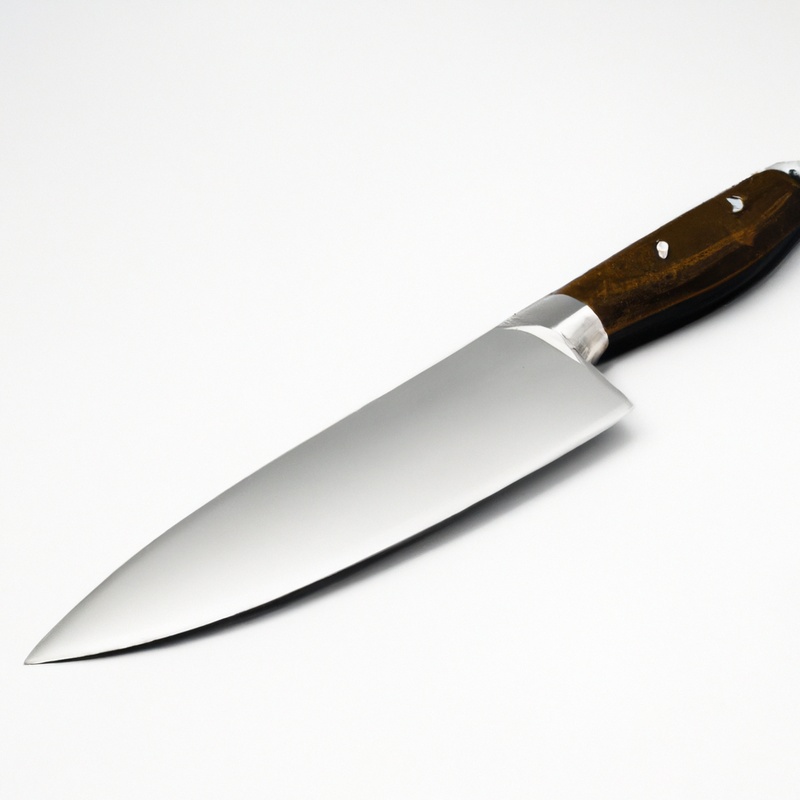
Preparing the black drum for filleting
Before filleting a black drum, it’s essential to prepare the fish properly. Begin by using a scaler to remove the scales from the body, working from the tail towards the head.
Next, make a small incision at the base of the head to sever the spine, followed by a cut along the belly to open the fish.
Reach inside and remove the innards, rinsing the body cavity thoroughly. Rinse the exterior of the fish as well, removing any remaining scales or debris.
Now the black drum is ready for filleting.
Removing the scales and skin from the black drum
To remove the scales and skin from a black drum, start by placing the fish on a flat and sturdy surface. Use a scaling tool or the edge of a knife to scrape off the scales from the tail towards the head.
Apply even pressure and keep going until all scales are removed.
Next, hold the fish by the tail and make a shallow cut just behind the head. Use the tip of your fillet knife to separate the skin from the meat and run it along the length of the fish.
Continue this motion, keeping the blade pointed towards the skin until the fillet is completely separated.
Repeat the process on the other side of the fish and discard the scales and skin.
Finding the right location for the first cut
The key to successfully filleting a black drum with a fillet knife is finding the right location for the first cut. Begin by placing the fish on its side with the head facing away from you.
Locate the pectoral fin and make a small incision just behind it.
This first cut will guide the rest of the fillet knife as you work your way down the fish, following the backbone. Take your time and use a sharp fillet knife to ensure a clean cut.
Remember to cut all the way down to the spine.
Once the first cut has been made, the rest of the filleting process will be much easier.
Making the initial cut and following the backbone
To make the initial cut on a black drum, insert the fillet knife at the base of the head and cut straight down towards the backbone. Follow the bones until you reach the spine, and then cut along the backbone towards the tail.
Turn the blade, keeping it flat against the rib cage, and slice the meat away from the bones.
Repeat the process on the other side. Following the backbone ensures that you get more meat and fewer bones in your fillet.
Make sure to budget enough time to follow the backbone carefully and not rush through the process to yield the best outcome.
Cutting the meat away from the rib cage
To cut the meat away from the rib cage, place the fillet knife at the top of the fillet and slice down towards the rib cage. Use a smooth and steady motion to separate the meat from the bones while constantly pulling the fillet away from the rib cage.
Use the tip of the knife to carefully cut around the bones.
Be sure to remove all bones and cartilage to ensure a clean, boneless fillet. Repeat the process on the other side of the fish.
Remember to take your time and be patient while cutting to avoid wasting any meat.
Removing any remaining bones and tidying up the fillet
Once the rib cage has been removed, check the fillet for any remaining bones using your fingertips or a pair of pliers. Carefully remove any bones that you find using your fillet knife or kitchen tweezers.
Be sure to take extra time to remove any pin bones, which can be difficult to spot but can cause discomfort if left in the fillet.
Once the bones have been removed, tidy up the fillet by trimming off any pieces of skin or fatty tissue using your fillet knife. Remember to work carefully to ensure that you don’t cut away any meat.
With a sharp fillet knife, you should be able to separate the meat from the skin without leaving behind too much of the flesh.
Repeat the process on the other side of the black drum. When you’re finished, rinse the fillets under cold water and pat them dry with a clean towel.
Your fillets are now ready to cook! Remember to always exercise caution when using sharp knives and to work slowly and carefully to avoid injuring yourself or damaging the fish.
Repeating the process on the other side
Once you have completed filleting one side of the black drum, it’s time to repeat the process on the other side. Flip the fish over and make the initial cut behind the gills, just like before.
Follow the backbone with your fillet knife and remove the meat from the ribs.
As with the first side, take care to remove any bones that may be left behind. Once you have completed the second fillet, you can discard the remaining carcass or use it for stock or soup.
Remember to be patient and take your time to ensure you get the most meat from your black drum.
Tips for keeping your fillet knife sharp and well-maintained
Keeping your fillet knife sharp and well-maintained is crucial for efficient filleting and preventing accidents. Here are some tips to keep in mind:
- Invest in a quality fillet knife: Durable materials, proper blade thickness, and sharp edges are essential for optimal filleting results.
- Use a honing rod: A honing rod is a sharpening tool that straightens and sharpens the blades of your knife. Regular use of a honing rod maintains your knife’s sharpness and prevents dulling.
- Clean your knife after use: Properly cleaning your knife after use prevents bacteria buildup, rust, and corrosion. Use a soft sponge and mild dish soap to clean your blade thoroughly and dry it immediately.
- Store your knife properly: Store your fillet knife in a dry place and never mix it with other utensils. Consider using a sheath or protective cover to prevent accidental cuts, chips, or scratches.
- Sharpen your knife regularly: Even the best quality fillet knives can become dull with daily use. Regular sharpening, either by a professional or at home with a sharpening stone, restores your knife’s sharpness and edge.
By following these tips, you’ll maintain your fillet knife’s sharpness and make filleting black drum and other fish a breeze.
Alternative filleting methods for black drum
Aside from using a fillet knife, there are other alternative methods to fillet a black drum. One option is using an electric fillet knife, which can make the process faster and more efficient.
Another method is using a pair of kitchen shears to cut along the rib bones and separate the flesh from the skeleton.
A third option is using a traditional Chinese cleaver or a heavy-duty meat cleaver to cut through the bones and remove the fillets. These methods require different tools and techniques, so it is essential to choose the one that best suits your skill level and preference.

Final Verdict
Filleting a black drum with a fillet knife is a skill that takes time and practice to perfect. However, armed with the right tools and techniques presented in this article, you can confidently fillet a black drum with ease.
Remember to adequately prepare the fish before filleting, find the right location for the first cut, and cut along the backbone while avoiding the rib cage.
Keep your fillet knife sharp and well-maintained for optimal performance, and consider alternative filleting methods if the traditional approach doesn’t work for you. By following these tips, you can become an expert at filleting black drum and impress your friends and family with delicious, boneless fillets.

